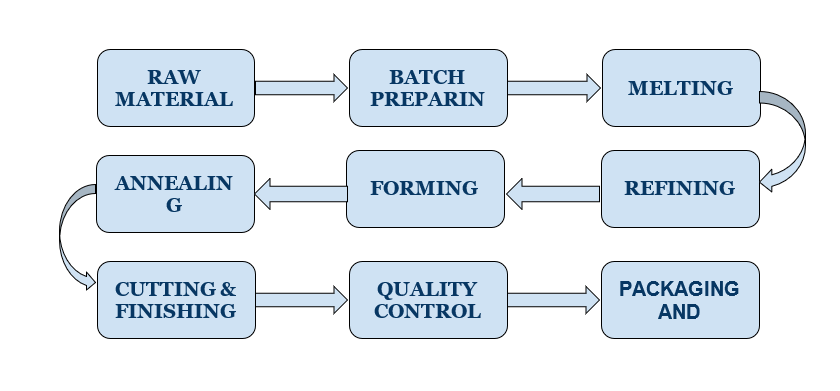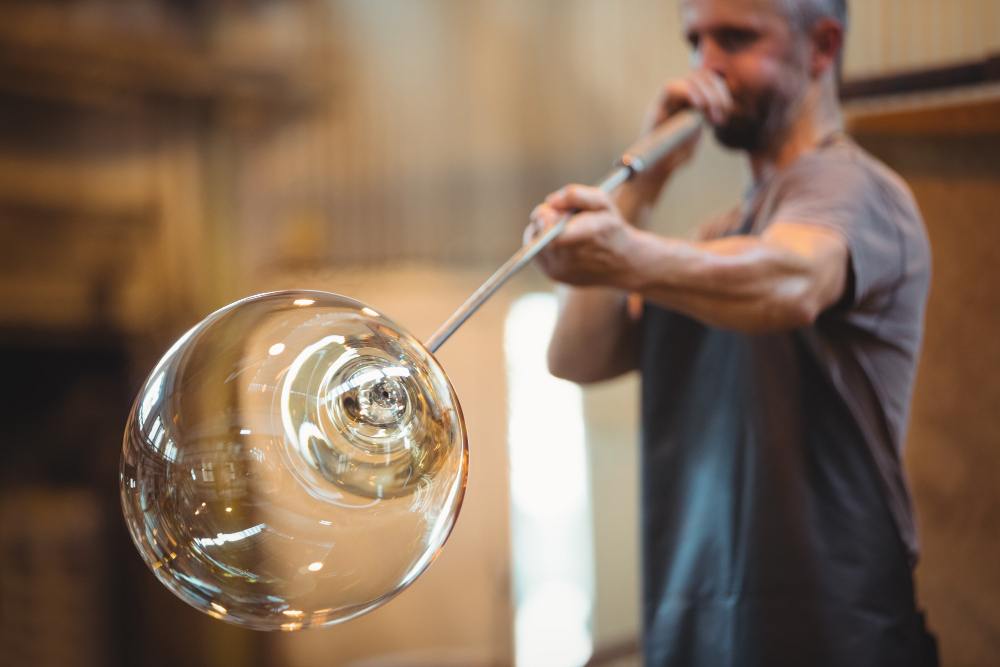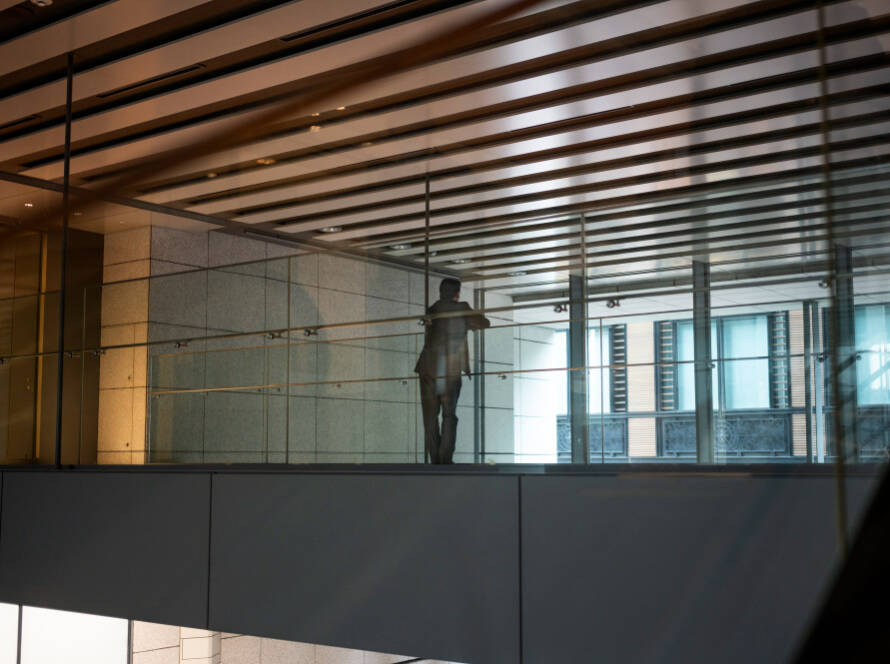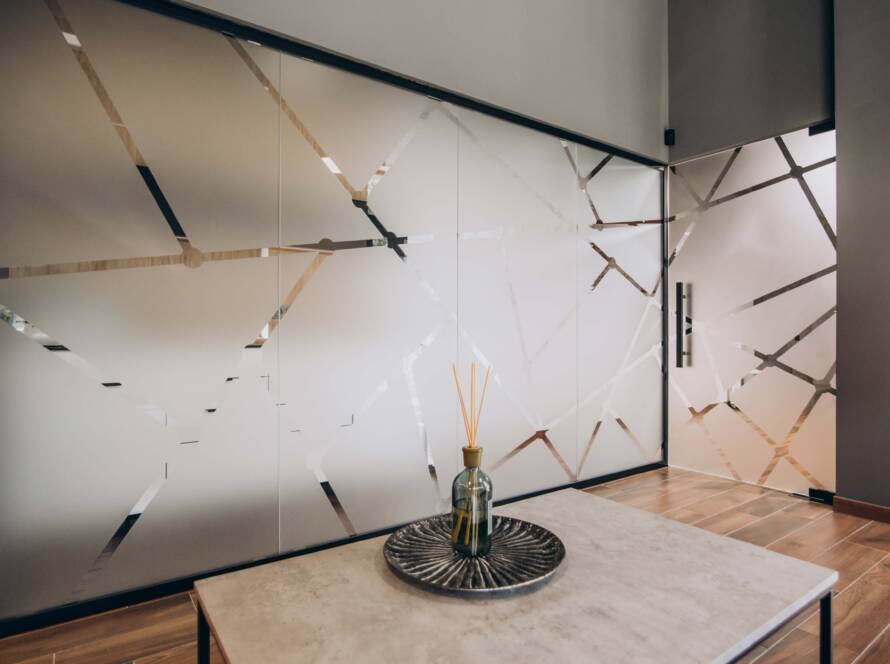Suppose you can envision a world without the beauty of glass, it’s highly versatile and an almost sheer material. There were neither windows to put a frame to the world’s scenery, nor delicate wine glasses to toast life. From the dusty fields of the European Neolithic age to the most advanced research and technology institutions of today, glass has been the invisible co-worker.
But what does it mean to make glass? Basically, the glass is a vitreous, in some cases transparent and, by definition, non-crystalline material. It mainly consists of silica/sand that together with other raw materials is roasted at extremely high temperatures where it fuses into a liquid substance that can be moulded. It crystallises if cooled slowly and turns black if exposed to air on the other hand it hardens without crystallising and is very transparent and smooth. This unique formation process gives glass its remarkable properties: clearness, rigidity, and versatility, the fact that it can be shaped and formed into almost any type of form or creation.
Do you ever ask yourself how the New York passing glass ornaments on a tree are made? Or how engineers construct the huge glass windows of contemporary towers of business? What makes glass so strong and so brittle at the same time? What journey did this material take from the earliest uses of glass making with the help of blowing air into a bubble versus the fibre optics that allow millions to connect to the Internet?
This material of gods that is created when heat and sand meet has irrevocably changed the world – and our vision of it as well. They take the viewer from raw, gritty particles to the final clear pane in a process that can be every bit as enthralling as it is technical.
Welcome to the wonderful world of glassmaking: the history of this bright invention; the stages and peculiarities of the creation process; the numerous ways glass makes our lives shinier.
The vivids of the windows in the mediaeval cathedrals, the stern screens of our portables – glass is nowadays irreplaceable. The endeavour of how this ancient material is able to remain relevant and up to date in today’s world?
What Is Glass : A Definition Beyond Transparency

Glass is an inorganic solid material, which is usually clear or semi-opaque. It is also very hard, breakable and does not allow anything to pass through it naturally. Since ancient times, glass has been used for production of artistic and practical objects, and today it still plays a significant role in various applications such as construction, utensils manufacturing and telecommunications. Silica containing sand heated until the liquid state cools suddenly enough to prevent the formation of visible crystals produces glass.
Stained glass and the art part of glass design are examined in stained glass and stained glasses too. Industrial glass talks about composition, properties and how it is produced commercially. Physical characteristics of this kind of solid are given in amorphous solid.Glass can be distinguished from other glasses according to their compositions or physical characters; however most types have some things in common between them.
Glass is perhaps the most pliable and elaborate material with a wide range of forms and uses. Basically, it is an amorphous solid which indicates that it does not have a definite crystalline structure. Typically made from silica (sand), other substances like soda ash and limestone might be added to it during melting at high temperatures. Afterward, this melt can be rapidly cooled in order to solidify it without any crystal formation, therefore producing a smooth, transparent or translucent material.
Glass has become famous over time thus making it an indispensable material in the construction of windows, lenses and cameras up to modern technology such as fibre optics and solar panels due to its transmissivity of light. Blowing, moulding or casting glass into different shapes allows its use in art, architecture or technological designs. Glass also has aesthetic significance beyond its practical use which is evident in stained glasses found in churches and decorative objects including contemporary sculptures.
Chemical inertness is one of the unique properties of glass that makes it safe for food storage as well as pharmaceuticals while thermal resistance enables it to endure high temperatures without distorting. The introduction of tempered glass for safety purposes, laminated glass for sound insulation and smart windows that can change transparency at will are some advancements in glass technology.
How Exactly Is This Transparent Material Has Been Manufactured ?
Throughout the generations, humans have changed sand, soda ash and lime to turn it into a transparent wonder – glass. This alchemy kicks off by melting these basic materials inside a furnace till they attain molten status. Then experienced craftsmen mould the molten glass using techniques that have stood the test of time into anything from fragile vases to unyielding windows. Finally, this finished product is painstakingly cooled, trimmed and buffed to expose its unbelievable transparency and robustness. Walk with us as we explore ancient tradition and modern knowledge in respect of this indispensable substance that determines our world’s look.
Process Flow Diagram

Now let’s see in detail what is the entire transformation undergone in each stage of the glass manufacturing .
1. Raw Material Selection
The primary raw materials for glass production include:The primary raw materials for glass production include:
- Silica (SiO2): Sulphur; as sand or as the salt dendrite for filaments.
- Soda Ash (Na2CO3): It reduces the melting temperature of the silica.
- Limestone (CaCO3): Gives strength to the final format of the product.
Other materials that can be added are alumina for reinforcement, magnesium oxide and many other metal oxides for the purpose of colouring or imparting other characteristics.
2. Batch Preparation
The raw materials are then measured by their weight and then combined in the right proportions. This mix is referred to as the batch A batch contains all the ingredients in the right proportions to allow the fermentation process.
3. Melting
The batch is then introduced into a furnace heating up to a temperature of about 1 700°C (3 092°F). In the furnace the batch is transformed into a molten glass. This step will usually occupy several hours allowing all the materials to melt and be mixed well.
4. Refining
The molten glass then goes through a process of finishing to clear off any bubble or flaws in the material. This is relevant since it helps in giving the glass the required clarity and quality. The glass material is also further softened before it is placed slightly cooler so as to allow the bubbles to come up.
5. Forming
After the glass has been melted, it is shaped into the desired form and structure. This can be done through various methods, including:This can be done through various methods, including:
- Blowing: A piece of glass is firstly liquefied then blown into a bubble and then shaped.
- Pressing: The glass at a semi molten stage is placed in moulds.
- Drawing: Flat glass: In this process molten glass is dragged between rollers to form thin flat panes (for use in windows).
- Floating: Tin bath with a layer of molten tin is used to produce smooth and flat glass sheets and this is in float glass production.
6. Annealing
Then it is cooled progressively in a process known as annealing after the glass has been formed. This occurs in an area previously known as the annealing oven or lehr in which the glass is gradually cooled to reduce internal stresses. It also ensures that none of the glass products produced will be brittle and can be easily broken.
7. Cutting and Finishing
Subsequently it is trimmed to the desired dimensions depending on the specification of the production line. It can be done using a diamond cutter or by specialising in some cutting machineries. Additional finishing processes may include:There are other secondary operations which may comprise of:
- Grinding and Polishing: To provide smooth working at the surface of the apparatus to avoid creation of an accident prone area or slippery area.
- Coating: Further layers on some of the areas like UV protection, non-luminescence or non-shining, and scratch resistant.
- Tempering: What is the method, by which, during the performance of some operations, the glass is subjected to heat treatment and is rapidly cooled to achieve the desired properties?
8. Quality Control
Majority of the finished glass products are checked for quality assurance in an aim to possess certain characteristics in the market. Some of these are the visual assessment, measurement tests and noodle tests on the strength and capacities of the structure.
9. Packaging and Distribution
Finally, packing of the glass products is made in a way that the products will not break if they are to be transported over a certain distance; it is then supplied to manufacturers or construction companies or sold to shops.
In order to summarise from simple grains of sand right up to the clear and multifunctional material in today’s glass industry, glass making is a vivid portrait of mankind. Raw material is subjected to a process that begins from being a lump of molten glass, passing through the furnaces and masters’ hands, through a sufficient toughening also known as annealing and finally being polished and becomes part of our life.
Thus, moving forward in time, the function of the glass also becomes all the more crucial. There continues to be advances in the areas of smart glass systems, green building systems and many sophisticated optical devices. The future Oriental people will be helped by the glass mainly to construct a better future by means of key trends of future including energy-saving trends as well as those associated with application of renewable power sources and technological trends.





